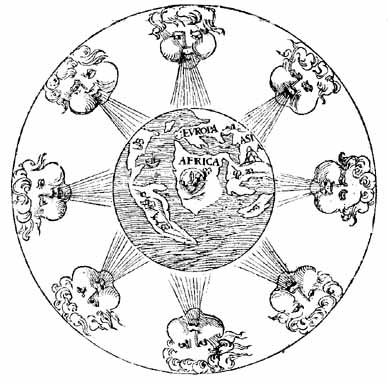Peter Howlett; Mary S. Morgan (Editors). How Well Do Facts Travel? The Dissemination of Reliable Knowledge. xviii + 465 pp., illus., bibl., index. Cambridge: Cambridge University Press, 2011
Reviewed work(s): Peter Howlett; Mary S. Morgan (Editors). How Well Do Facts Travel? The Dissemination of Reliable Knowledge. xviii + 465 pp., illus., bibl., index. Cambridge: Cambridge University Press, 2011. $29.99 (paper).
Jan Golinski, Isis 2012, 103 (1)
How well do facts travel? It depends, obviously, on what we mean by “facts” and by “travel.” A fact might be a statement of propositional knowledge or something more inchoate, such as an anecdote, an artifact, or a formula. Travel occurs across space and through time, but the important dimension might not be the geographical distance covered but the different fields or disciplines a certain fact passes through. The question is clearly a difficult one, and it seems to require an interdisciplinary approach.
The volume under review has emerged from a multiyear project based at the London School of Economics and underwritten by at least three funding agencies. The contributors include philosophers, historians, sociologists, economists, and anthropologists. The project was conceived with an admirable intellectual broad‐mindedness, which no doubt made it appealing to the participants but added to the difficulties of producing a coherent collection at the end. A thirty‐five‐page introduction by Mary S. Morgan sets the scene, characterizing some key terms and drawing common themes from the fifteen case studies that follow. Notwithstanding this, and the presence of cross‐references in footnotes, substantial differences of method and terminology remain among the contributors. This makes it hard to draw any general conclusions from the volume, although many of the chapters are fascinating in their own right.
The astonishing range of topics makes significant demands on the reader. The chapters take us into the worlds of medieval craftsmen and contemporary romance novelists. We are introduced to the mathematical techniques used to model river flooding and the spread of bacterial infections and to the stories told by evolutionary biologists and students of animal behavior. Some authors scrupulously define and categorize the facts they are concerned with, as Alison Wylie does in her illuminating discussion of the archaeology of the earthen mounds made by native North Americans. Others invoke the term more loosely, with reference to things like the assumptions used in mathematical modeling or the artifacts produced by skilled labor. Several contributors explore how factual information is transmitted by narratives, whether composed by biologists like Richard Dawkins and Edward O. Wilson (in the chapter by Jon Adams), by the reporters of medical case histories (in the chapter by Rachel A. Ankeny), or by the pioneering ethologists Konrad Lorenz and Niko Tinbergen (in the chapter by Richard W. Burkhardt).
In practice, the contributors treat “fact” as a sociological category, accepting as factual whatever knowledge has circulated in the domain they are studying. But some insist that the term should also retain an epistemic dimension, remarking that true facts are distinguished by their correspondence with reality and noting that some of the purported claims whose trajectories they are tracing are thus not really facts at all. Naomi Oreskes takes this stance, for example, in her valuable analysis of the groups that have tried to deny the existence of man‐made global climate change in the last two decades. She shows how leaders of the coal industry in the American West set about spreading the idea that an increased level of atmospheric carbon dioxide would benefit humanity by promoting plant growth. In this instance, Oreskes insists, the facts that were made to travel were spurious and unsupported by scientific consensus. It is not clear, however, whether this made any difference to their fate, since Oreskes does not give a symmetrical account of the dissemination of the mainstream scientific view, although she acknowledges that it has itself had a significant impact among the public at large.
Notwithstanding the subtitle, then, How Well Do Facts Travel? covers more than just “reliable knowledge.” Many of the facts discussed turned out not to be reliable at all, such as the purported longevity of the seventeenth‐century Shropshire man Thomas Parr (described by David Boyd Haycock). But none of the contributors tackles the question of how reliable and unreliable facts come to be distinguished and whether this has anything to do with the techniques used to make them travel. Perhaps this might have been addressed in a conclusion to the volume, but the editors did not supply one. That is one respect in which they may have fallen short in their own mission to make their facts travel. It seems likely that the chapters will be remembered more for their individual findings than as contributions to a general theory of traveling facts. In the ways they construct their own accounts, the authors sometimes seem to be replicating the techniques for disseminating knowledge that they are analyzing. And, as the chapters by Adams, Ankeny, and Burkhardt demonstrate, such techniques include the telling of convincing stories. There are plenty of such stories in this rewarding volume.

